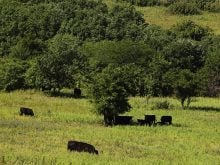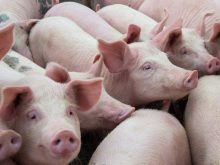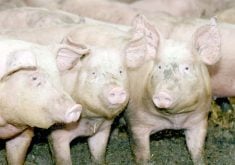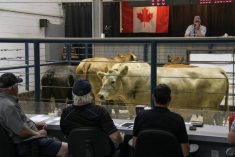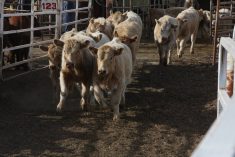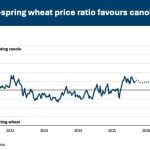Hot, humid weather that downgraded last year’s hay crop has left milk production in three western provinces short of the half-year 97 percent minimum quota utilization rules.
At 96.82 percent, Manitoba producers fell short of their quota allocation by 11,295 kilograms of butterfat, or 293,000 litres of raw milk.
Alberta and British Columbia were also short, at 95.83 and 96.19, respectively. Saskatchewan was on target, at slightly more than 97 percent.
Dairy Farmers of Manitoba chair David Wiens said June rain affected the quality of first-cut alfalfa, and hot, humid weather later on in summer reduced milk production.
Read Also
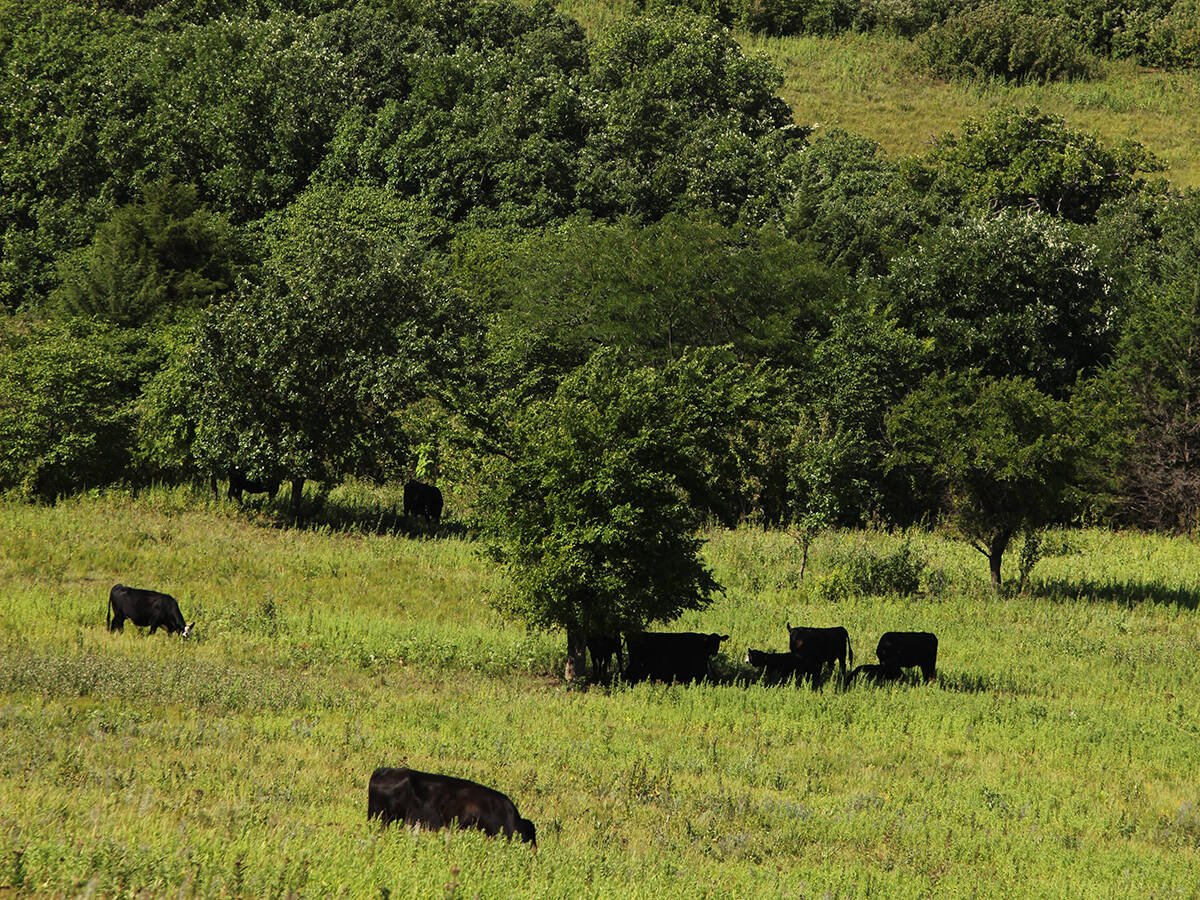
Beef cattle more prone to trace mineral deficiencies
The trace mineral status of our cows and calves is a significant challenge for western Canadian producers and veterinarians.
“First cut is the major hay crop for us,” he said.
“The first cut got a little bit old because we had a bit of rain in June, especially in the southeastern part of the province where we have a lot production.”
Hot weather and flies also made life miserable for cows as they calved last August at the start of the new dairy year.
The combination affected the all-important first two to three months of milk production – typically the peak of a cow’s production cycle – making it difficult for producers to make up the shortfall later in the year.
He said some producers were bringing in heifers from Ontario to increase herd volumes.
With Manitoba’s annual milk production worth $200 million, the loss – roughly $200,000 – is little more than a drop in the bucket.
“It is a small amount. As a province, we expect that we will reach our 100 percent target for year-end,” said Wiens, who added shortfalls and overquota situations have occurred in past years.
“When you think of it, if our total milk production is 300 million litres a year, it’s not unusual to miss by that amount.”
Mike Southwood, general manager of Alberta Milk, said hot weather in July was a problem for second cut alfalfa and barley silage production, but the province’s shortfall was largely the result of a steady bi-monthly quota rise on the heels of increased demand for milk and milk products.
“There was quota growth in the fall and we just didn’t meet it,” he said.
“Heat impacts production. The cows aren’t eating as much and they’re lying in the shade.”
Global demand for milk has soared in recent years, and prices have lately reflected the situation. Skim milk powder topped $5,000 a tonne late last year before falling back to $3,500 per tonne, Wiens said.
Growth in milk demand for industrial uses such as cheese, butter and fluid milk soared last year. Manitoba’s quota allocation was raised by 12.5 percent, but production delivered only a 2.5 percent increase from the previous year.


